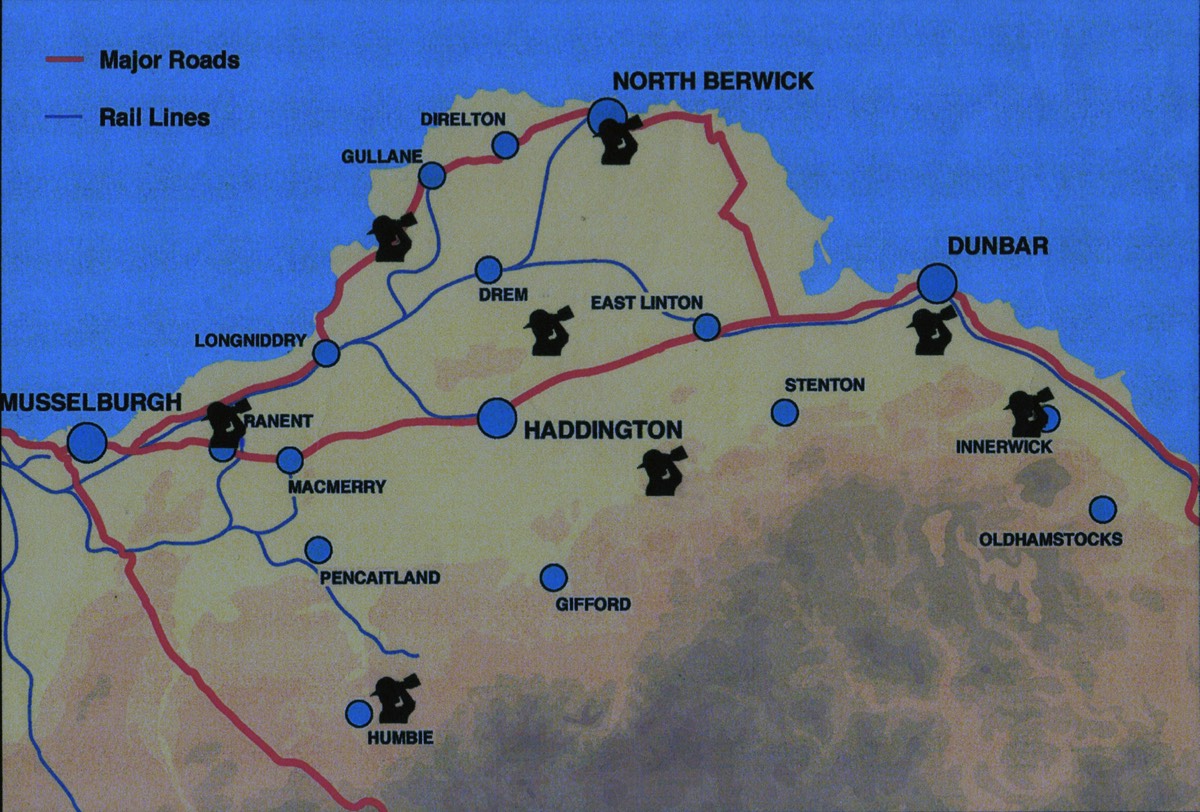
Rough positions of Royal Observer Corps observation posts in East Lothian.
Royal Observer Corps
It was deemed important that the Chain Home Radar System (largely untried in 1939) be supplemented by the human eye where possible. Trained observers (largely part-time volunteers) were sited in outlying posts, often in coastal areas, from which they would observe all aircraft movements. They would attempt to identify the aircraft involved and having done so would pass the relevant details of aircraft type, formation size, height and direction of flight to the Group Headquarters for the appropriate action and response. The collection of this vital information made the Observer Corps an essential component of the integrated wartime air defence system. This was especially important since the initial warning given by the coastal radar chain wasn’t always able to include the detailed information required by the RAF controllers or indeed was it reliably able to detect low-flying aircraft. In addition, during the Battle of Britain on the southern coast, German tactics were occasionally able to successfully swamp the radar chain by means of co-ordinated and timed sequential attacks.
In 1938 the Headquarters of No 31 Group of the Observer Corps (renamed the Royal Observer Corps in 1941) was set up in Galashiels. This group was responsible for observer posts throughout the Lothian and Border counties, with a number of posts in East Lothian at the following locations:
Aberlady, Athelstaneford, Dunbar, Garvald, Humbie, Innerwick, North Berwick and Tranent.
Helping Friendly Aircraft
It is sometimes forgotten that the Observer Corps provided an invaluable service in tracking friendly, as well as hostile, aircraft and in assisting with warning lost aircraft of high ground. This latter facility was provided by the provision of flares, codenamed Granite, which could be ignited in poor visibility as a warning to aircraft in the vicinity. Throughout Britain, the introduction of Granite in late 1943 saw a substantial reduction in flying accidents.
Clusters
The posts of the Observer Corps were organised in clusters which were linked to a single plotter at the operations table at Group Headquarters. The two East Lothian clusters included:
North Berwick (post A1), Athelstaneford (post A2) and Aberlady (post A3); and Dunbar (post B1), Innerwick (post B2) and Garvald (post B3).
Humbie and Tranent formed separate clusters with posts outside East Lothian.
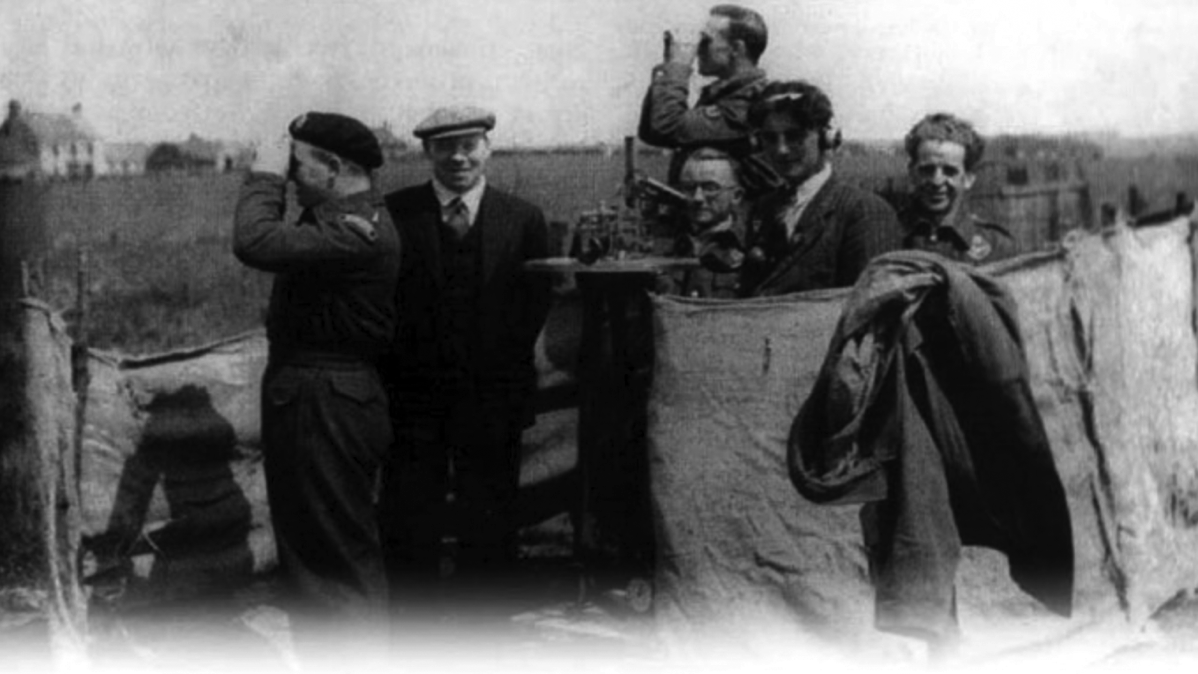
A post-war photograph of Tranent Royal Observer Corps at their post behind the
Tranmare Hotel. The original post was on the north side of the town. On the left
Andrew Livingston, Tranent. Centre (with glasses) Chief Observer, Andrew Anderson,
Tranent. Behind (looking through binoculars) Sandy Fullerton, Tranent, a local farmer.
Second right was Johnnie Baillie.
Successes In East Lothian
The East Lothian posts were to play an important part in the history of the Observer Corps, being the first to plot enemy aircraft anywhere in Britain. The said aircraft was a Heinkel He 111 on a reconnaissance mission on the morning of 16 October 1939, prior to the attack on ships of the Royal Navy in the Firth of Forth carried out by Junkers Ju 88s of KG 30.
Air Chief-Marshal Sir Hugh Dowding, Air Officer Commander-in-Chief of Fighter Command acknowledged the contribution of the local Observer Corps to the successful action that day in a message in which he noted:
“I am very pleased with the way in which the Observer Corps acquitted themselves in this, the first action of the war in which they are able to take part... In the circumstances I consider the Observer Corps operated with great efficiency.”
Twelve days later the East Lothian observer posts were again to see action as they tracked the combat which resulted in the shooting down of the Heinkel He 111 which crashed on the north face of Witches Knowe, Longnewton Farm, near Humbie and the location of post J1. In 1944 on the 4th May the Garvald post tracked a very low-flying hostile aircraft, probably a JU 88, which machine-gunned targets as it flew on a southeasterly direction.
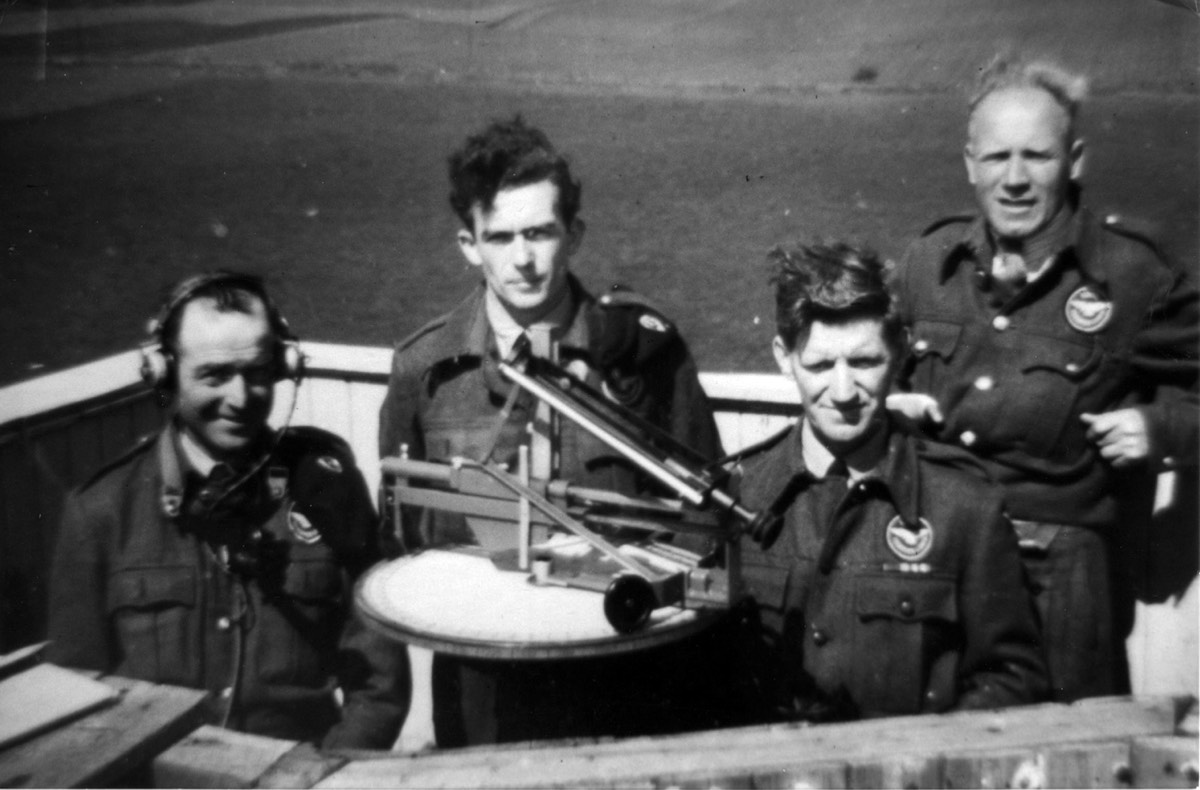
Garvald ROC Observation Post.
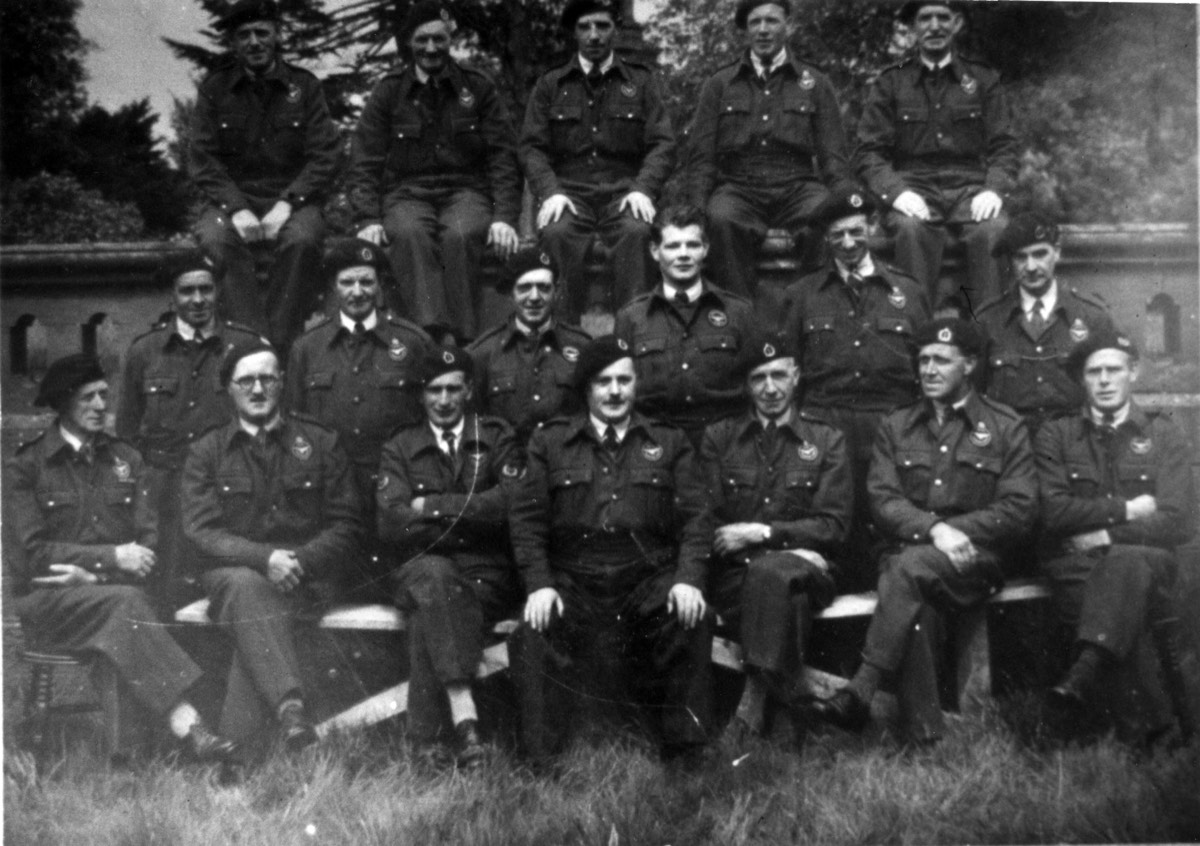
An official photograph of Garvald Royal Observation Corps, Group 31, Post B 3, 1945
James Skeldon, son of a Whittingehame gamekeeper, middle row without cap.
Mr. A. Thomson & Mr. Falgate
Local R.O.C. members in action on D-Day
One member of the Royal Observer Corps played an unusual role in the organisation, though he did so outside East Lothian itself. Alexander Thomson was a farmer from Samuelston who was also a part-time member of the R.O.C. When a request was issued in 1944 for volunteers to sail with the D-Day invasion fleet to provide aircraft recognition services for the anti-aircraft gunners on the ships, Mr Thomson and Mr Falgate from East Lothian were two of the 1,376 R.O.C. members who volunteered. Of these, eventually 796 were selected and temporarily enrolled in the Royal Navy. Alexander Thomson and Mr Falgate served on a US ship in May and June 1944 for a total period of around a month. The American gunners noted that they were very good at aircraft recognition and their services were greatly appreciated, especially since they prevented the shooting down of numerous friendly aircraft!
The R.O.C. After The War
The ever-increasing speed of the new generation of jet aircraft made the R.O.C.’s task increasingly difficult. Eventually, it was decided in 1957 that the aircraft reporting role should be abandoned over most of the UK and that the role of the R.O.C. should be changed. Nuclear warfare was a distinct possibility as the Cold War ‘hotted’ up, so a chain of underground posts was built from which members could report the locations of nuclear explosions.
For this purpose, underground posts were built in East Lothian at Aberlady, Athelstaneford, Cockburnspath (although actually near Oldhamstocks), Dunbar, Garvald, Humbie, North Berwick and Tranent. Although never tested in anger, these posts would have provided a vital function in a post nuclear-attack Britain, providing information on the location of nuclear detonations and on areas likely to be affected by fallout, making it possible to continue some form of central governmental control. This nuclear reporting role continued until the Royal Observer Corps was stood-down again in September 1991, following the end of the Cold War, with the organisation finally being completely disbanded in March 1992.
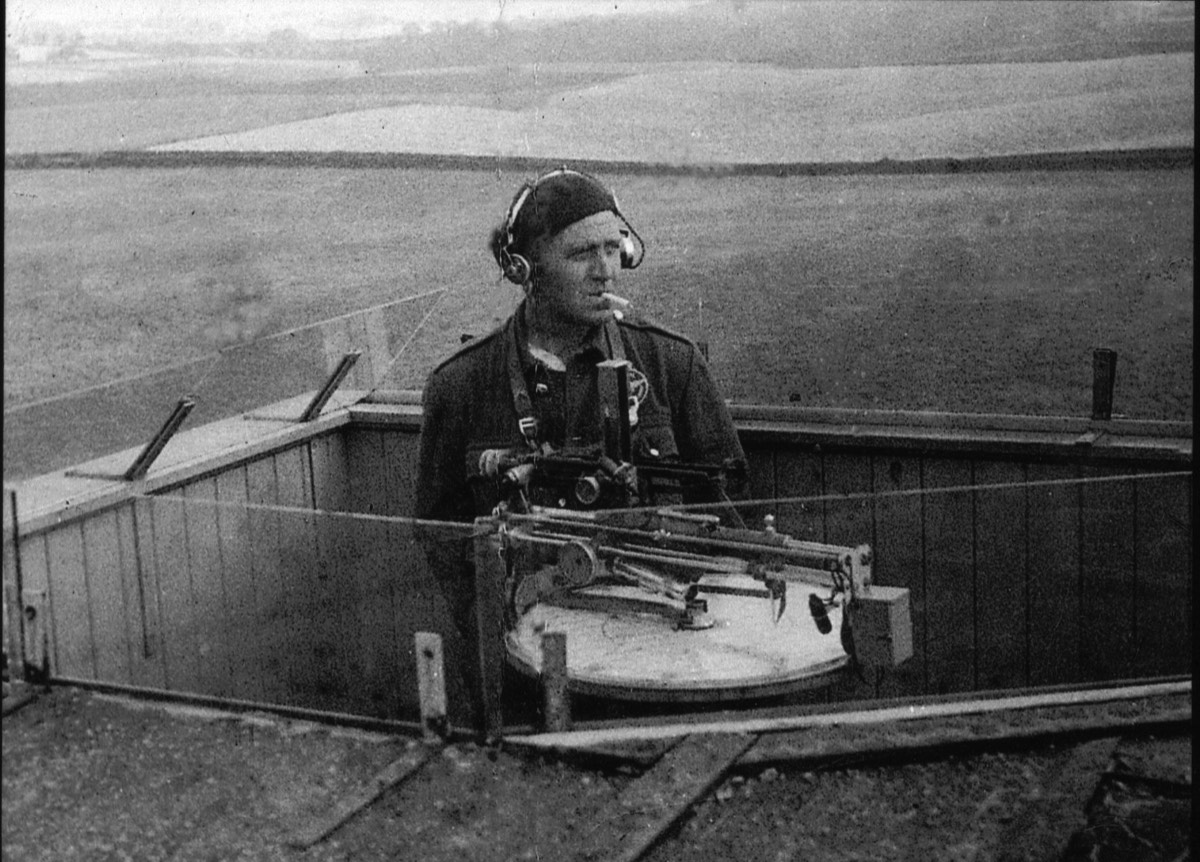
Garvald ROC post: J. Lindores on duty.

Tranent ROC post
Andrew Livingston, left: Andrew Anderson, centre.

A mix of Royal Observation Corps, Home Guard, Civil Defence and ARP members from the Garvald area taken after the war.

